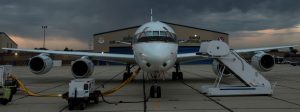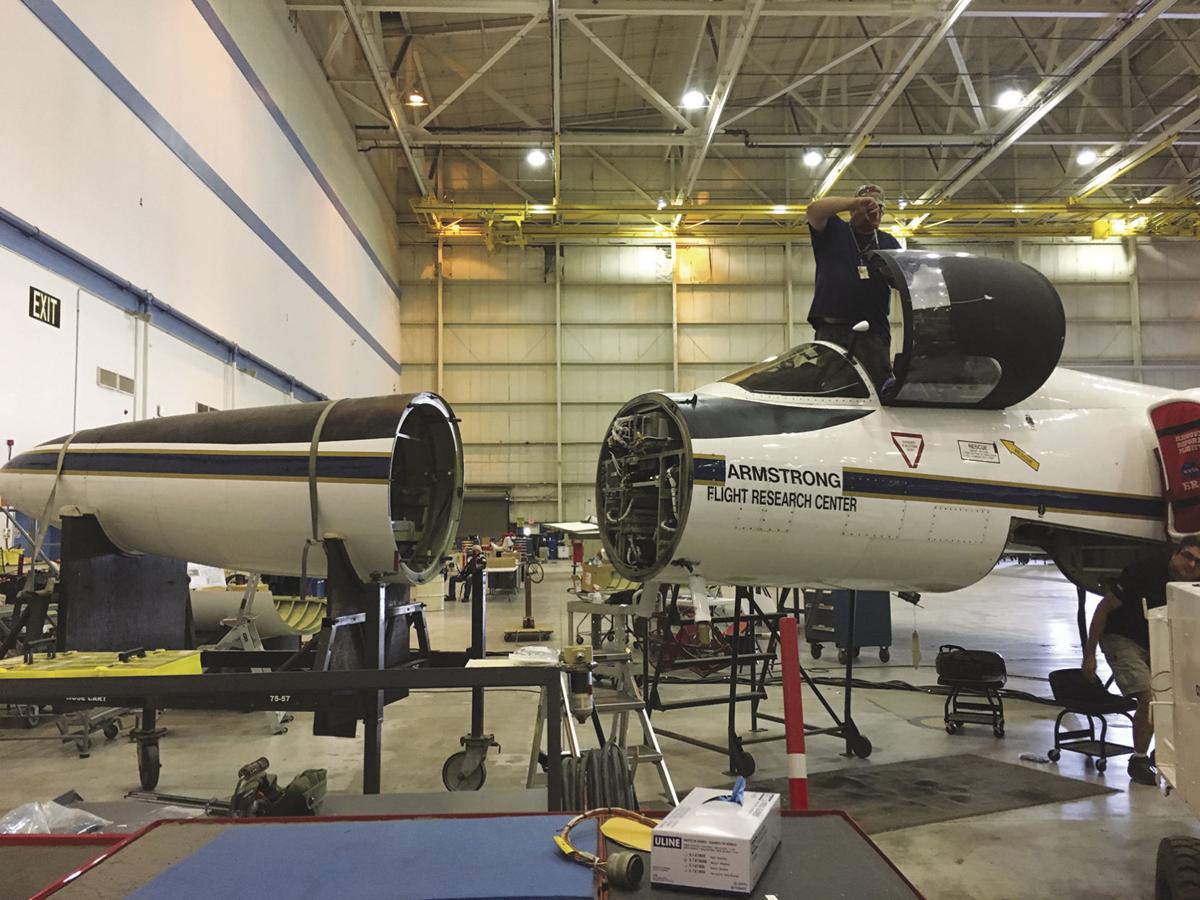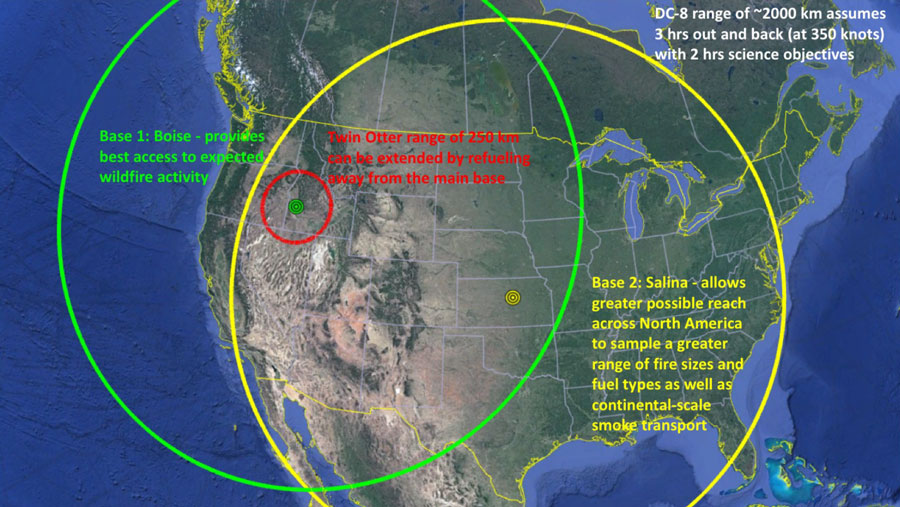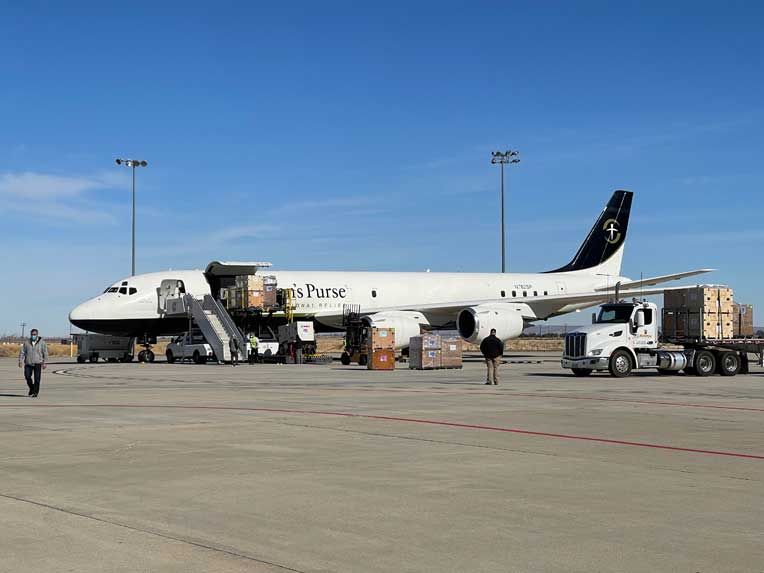
Photo via Samaritan’s Purse.
Samaritan’s Purse DC-8 arrives at NASA Armstrong Flight Research Center, Air Force Plant 42 in Palmdale, California, 11JAN2021.

Photo by Giancarlo Casem.
The aircraft delivered supplies for a 50+ beds Emergency Field Hospital being constructed at Antelope Valley Hospital in nearby Lancaster.
Video, by Giancarlo Casem, showing off-loading of Samaritan’s Purse DC-8, 11JAN2021:

Samaritan’s Purse photo showing emergency hospital tent construction in Lancaster, California.
Samaritan’s Purse video showing emergency hospital tent construction:

Samaritan’s Purse photo showing hurricane response efforts in Honduras, November 2020.

Samaritan’s Purse photo showing hurricane response efforts in Honduras.
Samaritan’s Purse video, Honduras hurricane response, November 2020:
Samaritan’s Purse is based in North Carolina, is adamantly Christian, and has a history of working alongside the U.S. Department of Defense, at least as far back as 2012.
Pandemic Flights, 2020: 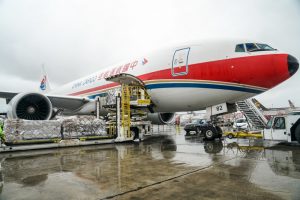 RECORD SETTING PANDEMIC AIRBRIDGE CONTINUES
RECORD SETTING PANDEMIC AIRBRIDGE CONTINUES
Vehicle I-D: NASA’S DC-8 CLIMATE WARRIOR


 DC-8-72 on the ground in Chile after an 11 hours flight to study ocean ice, October 2009.
DC-8-72 on the ground in Chile after an 11 hours flight to study ocean ice, October 2009. The information that came with this pic stated the DC-8 was being used to test alternative fuels in California, January 2009.
The information that came with this pic stated the DC-8 was being used to test alternative fuels in California, January 2009.
 Preparations for Operation Ice Bridge, Dryden Aircraft Operations Facility, California, late 2009. The cart full of computers is part of a Laser Vegetation Imaging Sensor, waiting to be installed on the DC-8.
Preparations for Operation Ice Bridge, Dryden Aircraft Operations Facility, California, late 2009. The cart full of computers is part of a Laser Vegetation Imaging Sensor, waiting to be installed on the DC-8. Inside the DC-8 Airborne Laboratory, being configured for Operation Ice Bridge, 2009.
Inside the DC-8 Airborne Laboratory, being configured for Operation Ice Bridge, 2009. DC-8 on approach to Dryden Aircraft Operations Facility, November 2008.
DC-8 on approach to Dryden Aircraft Operations Facility, November 2008. From November 1999 to March 2000, the DC-8-72 joined a NASA U-2 (aka ER-2) for SAGE III Ozone Loss and Validation Experiment (SOLVE), in Sweden.
From November 1999 to March 2000, the DC-8-72 joined a NASA U-2 (aka ER-2) for SAGE III Ozone Loss and Validation Experiment (SOLVE), in Sweden.










